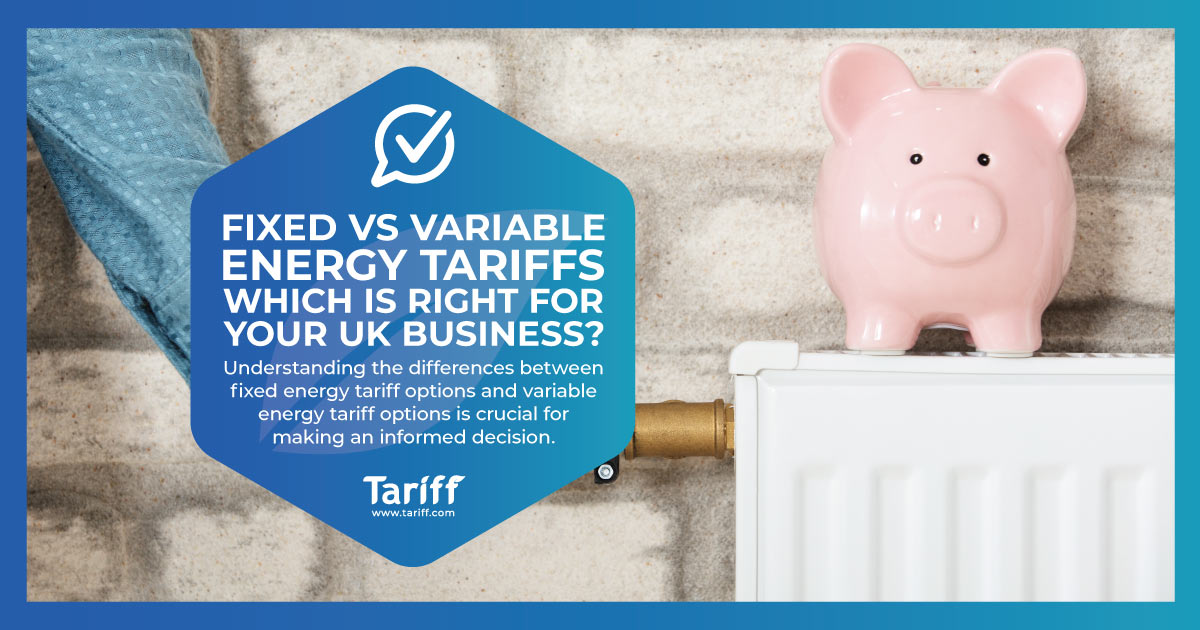How Many Trees Does It Take To Offset Businesses?
UK businesses are becoming increasingly aware of their environmental impact, the question of carbon offsetting has moved from a peripheral consideration to a central strategic concern. With growing pressure from consumers, investors, and government regulations, understanding and mitigating your carbon footprint is no longer optional; it’s essential for long-term sustainability and profitability.
One of the most popular and tangible ways to achieve this is through tree planting. But how many trees does it take to truly offset your business operations? And how do you ensure your offsetting efforts are genuine and impactful?
This comprehensive guide will explore the complexities of carbon offsetting through reforestation, providing UK businesses with the knowledge they need to make informed decisions and contribute to a greener future. We’ll delve into calculating your carbon footprint, understanding the carbon sequestration potential of trees, exploring reputable offsetting schemes, and addressing the critical factors that contribute to the success of a tree-planting initiative.
What Does It Mean to Be Carbon Neutral?

In the most basic sense, being carbon neutral means that you balance the emissions you release with emissions taken in by the planet. It’s a state of net-zero emissions. We release carbon emissions and then they’re taken in, either by natural things like trees, oceans or other carbon sinks or by manmade interventions such as carbon capture. The result? No net increase in the amount of carbon dioxide in the atmosphere.
When your business uses energy from fossil fuels, your carbon footprint grows. That means that it will take more effort to offset your carbon emissions and go carbon neutral. Sometimes, offset efforts can be paired with reducing your carbon emissions, ensuring your business has a minimal impact on the planet.
What Is Carbon Offsetting?
Carbon offsetting is when your business compensates for the carbon emissions it produces, either directly through energy consumption or indirectly through its supply chain or resource consumption. In order to offset the carbon you produce, you must remove the equivalent amount from the atmosphere.
Whilst some larger businesses may create their own offset projects, for most, carbon offsetting comes in the form of carbon credits. A carbon credit is a tradable certificate that represents a specific amount of carbon dioxide removed from the atmosphere. Companies can buy these from other companies to compensate for their own emissions. In a sense, it permits a business to release a certain amount of carbon dioxide, knowing it has been offset on their behalf.
What Are Carbon Sinks?
A carbon sink is an ecological term for anything that absorbs carbon dioxide, rather than releases it. Let’s take a closer look at some of the biggest carbon sinks and how they work.
Oceans
It’s estimated that the oceans have taken in around a quarter of the emissions we’ve produced since the industrial revolution when fossil fuel consumption really took off. Oceans are such big carbon sinks due to phytoplankton, microscopic algae and bacteria that suck up carbon dioxide from the atmosphere.
Soil
Only about 42% of the carbon taken in by a forest is stored in the plant above the ground. The rest is trapped by the soil. Our soil takes in about a quarter of manmade emissions every year. A lot of this carbon dioxide is trapped in peatland or permafrost.
Forests
Perhaps the most well-known carbon sink, forests and trees absorb a lot of our carbon dioxide. In total, the world’s forests absorb 2.6bn tonnes of carbon dioxide each year and provide us with oxygen in return. Deforestation is a big threat to this, with around a football pitch-size patch of forest destroyed every second.
Why Carbon Offsetting Matters for UK Businesses
Before we dive into the numbers, let’s address the “why.” Why should UK businesses invest in carbon offsetting?
Enhanced Reputation and Brand Image
Consumers are increasingly eco-conscious and favour businesses that demonstrate a commitment to environmental responsibility. Actively offsetting your carbon footprint can significantly boost your brand image and attract new customers. A recent study by Deloitte found that over 70% of UK consumers are willing to pay more for sustainable brands.
Meeting Regulatory Requirements
The UK government is committed to achieving net-zero emissions by 2050, and businesses will play a crucial role in achieving this target. Carbon reporting and potential carbon taxes are becoming more prevalent, making proactive offsetting a strategic advantage.
Attracting and Retaining Talent
Employees, especially younger generations, are drawn to companies with strong environmental values. Demonstrating a commitment to sustainability can improve employee morale and attract top talent in a competitive job market.
Investor Pressure
Environmental, Social, and Governance (ESG) factors are becoming increasingly important to investors. Businesses with strong ESG performance are more likely to attract investment and secure favourable financing terms.
Mitigating Climate Risk
Climate change poses significant risks to businesses, from supply chain disruptions to extreme weather events. Reducing your carbon footprint helps mitigate these risks and build resilience.
How Do I Calculate My Business’s Carbon Footprint?
You can’t offset what you don’t measure. Accurately calculating your business’s carbon footprint is the essential first step in any effective offsetting strategy. This involves quantifying all the greenhouse gas emissions associated with your operations, including:
- Direct emissions from sources owned or controlled by your company, such as fuel combustion in boilers, vehicles, and manufacturing processes.
- Indirect emissions from the generation of purchased electricity, heat, or steam.
- All other indirect emissions that occur in your company’s value chain, both upstream and downstream. This includes emissions from suppliers, transportation, business travel, waste disposal, and the use of your products by customers.
Calculating your business’s carbon footprint can be complicated. That’s why many businesses opt for help from either online carbon calculators or carbon audit services. At Tariff our expert team will assess and calculate your emissions on your behalf.
How May Tree Will It Take To Offset My Business?

Once you know your carbon footprint, you can start to estimate how many trees you need to plant to offset it. However, it’s not as simple as a one-size-fits-all calculation. The amount of carbon a tree can absorb depends on several factors:
Tree Species
Different tree species have different growth rates and carbon sequestration capabilities. For example, fast-growing species like pine and eucalyptus typically absorb more carbon in their early years than slower-growing hardwoods like oak. Native broadleaf species are often preferable for biodiversity reasons in the UK.
According to scientific studies, a single tree can offset anywhere between 21.77 kg CO2/tree to 31.5 kg CO2/tree per year. In order to offset 1 tonne of CO2, you would need between 31-46 trees. For simplicity, let’s go for the conservative estimation of 21 kg per tree per year. You’d therefore need around 43 trees to remove 1 tonne of CO2 from the atmosphere.
Tree Age
Trees absorb carbon most rapidly during their early growth stages. As they mature, their carbon sequestration rate slows down.
Climate and Soil Conditions
Trees grow better in some climates and soils than others. Factors such as rainfall, temperature, and soil fertility can all affect carbon sequestration.
Location
The location of the trees also matters. Trees planted in deforested areas can have a greater impact on carbon sequestration than trees planted in already forested areas. Furthermore, the UK’s climate and soil conditions are particularly well-suited for carbon capture, making tree planting here particularly effective.
Forest Management Practices
Sustainable forest management practices, such as thinning and pruning, can improve the health and growth of trees, thereby increasing carbon sequestration.
How Much CO2 Do Gas and Electricity Produce per Kwh?
According to carbon independent.org, the CO2 generated by:
- Burning natural gas is 0.185 kg / kWh
- Creating electricity is 0.309 kge / kWh,
These are the numbers we’ll use to calculate how many trees it would take to offset your business’s carbon footprint.
How Many Trees Would It Take To Offset a Micro Business?
A micro business uses around 10,000 kWh of gas and 10,000 kWh of electricity every year. This means that the direct carbon footprint of a micro business is around 4,940 kg per year.
If one tree takes in around 21 kg of CO2 per year, then your micro business would need 235 trees to offset your carbon footprint.
The maths:
CO2 from gas: 0.185 kg X 10,000 kWh =1,850kg
CO2 from electricity: 0.309 kge X 10,000 kWh = 3,090kg
Total= 4,940kg per year
Tree to offset: 4,940kg/21kg = 235 trees
How Many Trees Would It Take To Offset a Small Business?
A small business uses around 25,000 kWh of gas and 20,000 kWh of electricity every year. This means that the direct carbon footprint of a micro business is around 10,850 kg per year.
If one tree takes in around 21 kg of CO2 per year, then your micro business would need 514 trees to offset your carbon footprint.
How Many Trees Would It Take To Offset a Medium Business?
A medium sized business uses around 45,000 kWh of gas and 37,000 kWh of electricity every year. This means that the direct carbon footprint of a micro business is around 21,608 kg per year.
If one tree takes in around 21 kg of CO2 per year, then your micro business would need 1,028 trees to offset your carbon footprint.
Beyond Tree Planting
While tree planting is a valuable tool for carbon offsetting, it’s important to remember that it’s just one piece of the puzzle. To become a full sustainable business you can also consider:
- Implement energy-efficient technologies and practices to reduce energy consumption in your buildings and operations. Tariff.com can conduct a business energy audit to determine areas where you can save energy.
- Switch to renewable energy sources, such as solar, wind, or hydro power.
- Encourage employees to use sustainable transportation options, such as cycling, walking, or public transport. Consider investing in electric vehicles for your company fleet.
- Reduce waste generation and increase recycling rates.
- Work with your suppliers to reduce their carbon emissions.
The Future of Carbon Offsetting in the UK

The future of carbon offsetting in the UK is likely to be shaped by several factors. Firstly, it is expected to see increased regulation of carbon offsetting schemes to ensure their integrity and effectiveness.
New technologies, such as direct air capture, could play a more significant role in carbon offsetting in the future. There will be a growing emphasis on nature-based solutions, such as tree planting and peatland restoration, to achieve carbon reduction targets.
Businesses will also be expected to be more transparent and accountable for their carbon offsetting efforts.
Tariff.com Helping You Plant The Seeds For A Sustainable Future
Here at Tariff.com, we can measure your carbon footprint for you. Our team can carry out a carbon audit of your business, using provided information to calculate your carbon footprint. We can also install IPSUM across your business, a software that shows your carbon emissions in real-time for easy monitoring.
Reduce Your Business Emissions
We know that reducing your business emissions isn’t easy. That’s why our team is here to support you. We can make practical recommendations to reduce your carbon footprint, identifying areas for improvement across your business. Let Tariff.com gradually reduce your emissions and impact on the planet.
Switch Your Energy Supplier
At Tariff.com, we know that switching energy suppliers can be a hassle. We believe that business should get the most from their utility providers, so our team provide market comparison and switching support to find you the best deal. We also support businesses as they transition to renewable energy tariffs, which has the added bonus of reducing your carbon footprint.
Offset Your Carbon Emissions
If you want your business to have a minimal impact on the planet, we can help your business offset its carbon emissions. We can calculate your carbon footprint, as well as the carbon credits it would take to make your business carbon neutral or net-zero. We’ll then use our vetted green partner network to source carbon and biodiversity credits.
Monitor Your Progress
We know that going carbon neutral or net-zero doesn’t happen overnight. That’s why our team will be on hand to monitor your progress and ensure you’re on the right track. We’ll continue to monitor your carbon emissions to check that your business is truly carbon neutral. You can then share this with your customers and market your new green credentials.




